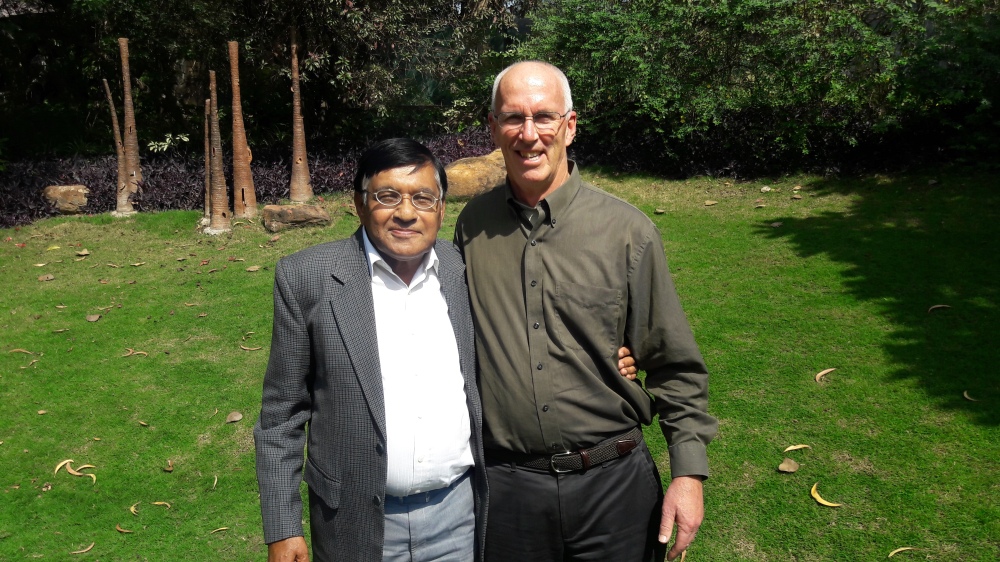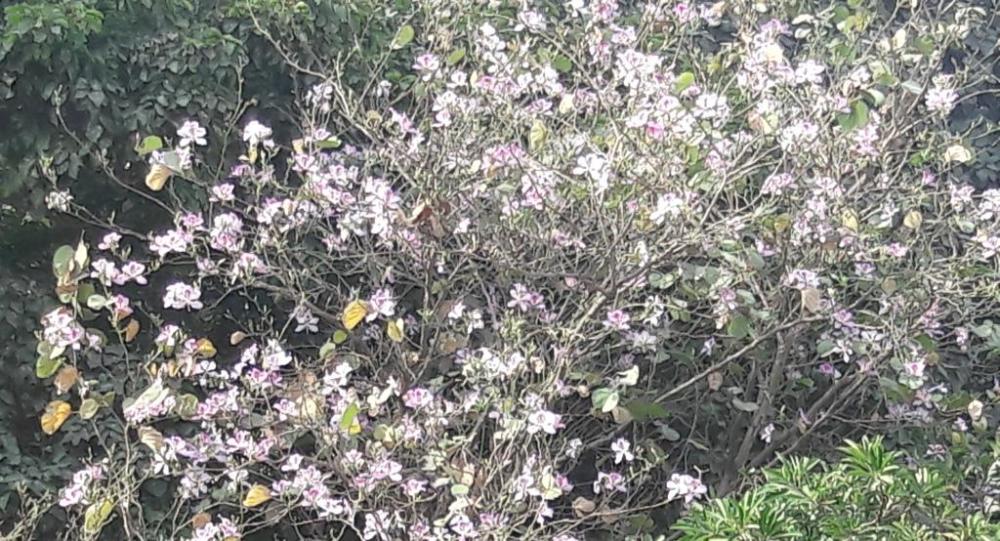Tiger, elephant….made in millions of years
It is not as usual in Kanger Valley National Park in Bastar. Outsiders are advised to stay outside – for socio-political reasons. I stay outside. I have reached Jagdalpur Forest Rest House previous evening.
I am excited to visit the Park – Nothing like early morning. I get up at 5.00 a.m. and all done by 7.00 a.m. including breakfast! But no, we leave around 8.30 only – the driver arrives late! I ask him for an explanation. He is candid, “I woke up late.”
An hour’s drive and we enter Kanger from Kotamsar gate. Sampat, well known local forester, joins us. The barrier is the gateway to more accessible of the two ranges of the Park i.e. Kotamsar range. I am overjoyed to be in forest. I am hoping to see at least a spotted deer. I know it is a wishful thinking. There is really no chance. The Park is 6 km wide strip along the Kanger River. It is surrounded by tribal villages. What to say of finishing anything on four legs, locals virtually do away with anything that flies or craws as well.
I set aside the gloomy thought. I enjoy the forest. I enjoy the river. I enjoy the valley. I enjoy the fresh air. That reminds me, clean air is rare commodity in India these days. And I enjoy a cup of tea at Kotamsar FRH. Kotamsar village is located besides the FRH. Incidentally, this is the only village that is actually located inside the Park area.
I love to be in forest. I love to go around the forest. I love to feel the bark of trees. I love the fragrance of the forest. I love the smell of soil. Time and again we stop. Maybe to see a flowering bush, maybe to admire the architecture of spider’s web, maybe to look in awe at an exceptional big tree, maybe just to stroll and brood… But it has be a stroll only.
These days, as a precaution, I warn my friends in wildlife or field personnel accompanying me in advance that I have a knee problem and I cannot do any stressful climb, descend or walk. They thus, do not have expectation of me climbing Everest. They would first explain hike distance or height to be climbed / descended. Thus, the control is with me, I may say ok or sorry.
Incidentally, Kanger is also famous for long subterranean geomorphologic limestone caves. Literature describes them as ‘these caves have very fine structures of dripstones i.e. stalactites and stalagmites. Chemically these formations are re-crystallized calcium carbonate. These structures have taken million of years to form.’
Sampat tells me, Kotamsar and Kailash caves are famous and open for visitors. While going around the forest, we reach Kailash Cave. This is not for me. They just wanted to show me the spot and forest around. Sampat explains, “Sir, its 400 odd steps climb and further walk 200 m in the cave!”
Officials accompanying, cheer me up that of these unique caves, I shall be able to do, Kotamsar Cave. It’s around 11.00 when we reach here. I am taken aback to see about a score of cars and equal number of bikes in the parking area. I could see about 25-30 tourists in the parking area itself. Across, I see a big bus precariously negotiate a sharp turn in the hill to reach the parking area. Inch by inch, going back and forth, the driver manages. The drivers in India can drive you anywhere and everywhere. Only thing important is that God should be with you. Sampat tell me as a matter of fact, “It is not a tourist season.” I wonder if this is the situation in non-season, what will be the situation in tourist season.
I have no pre-conceived notion of what to expect. I am just excited. Sampat takes me to the edge of a narrow shutter gate, down which descend steps to the cave. He asks me to wait. He will take me down as soon as the opportunity arises. I am told, and can see also, that the stairs width is good enough for one person only. It’s either one can come up or go down. On both side rise virtually steep limestone vertical walls. Soon, there is commotion of kind and there emerges literal lava of people from the cave, shouting name of the Hindu God, Shiva, Jai Shiva, Jai Shiva… In single file, up the steps are coming all size, shape, sex, and age people. The terrified look on their face, exhaustion written all over their body, perspiring … This depresses me somewhat. I try to make an assessment, and find even the young girls and boys are out of wits. The question goes around my mind, should I do it or not?
Before I can decide, the local official arranges to stop this lava of emerging people by communicating with the guides with different tourist groups down in the cave to hold the people emerging from the cave at a somewhat larger area down there, so that we can go.
After descending about 25-26 steps, which are in open, we come to the actual gate of the cave – OMG its 3 feet by 4 feet entrance! It is like the first question to answer in the examination is the toughest. There are few persons still emerging from the cave entry. I am shocked to see the way they are struggling to come out. I am sure they may not have made that kind of effort at the time of their birth even. It is not simple narrow path. It is wriggling out. It is very difficult even on all four – crawl, duck, bend, twist between jutting rocks, striking any of which can cause serious damage.
Somehow, I am not discouraged. I have full faith in my friends – Sampat and local official. As a precaution, I ask them to keep warning me so that I do not bang into anything, which means rocks only.
As if negotiating the entrance has not been the test enough, I land up a very very narrow, iron, spiral staircase with about a score of steps –rusty and shaky. I feel it may break any moment. I thank god for I am under 80 kg.
Rest is amazing. We are in pitch dark if the torches are switched off. It’s all wet. Water is dripping from walls – at places collecting in small pools. There are those limestone formations which amaze one by their varied and myriad size and shapes.
It is remarkable to see that the minute droplets carrying limestone have made shapes like that of an elephant! The size of the development too is elephantine. We pass through sections of the cave, as if passing through a museum – small circular hall, large square hall, rectangular hall with low ceiling…all decked with different displays nature has crafted spec by spec, colour by colour…
Sampat shows me the wonder of nature, it has crafted in the ceiling of one section, the figure of a tiger! I think, “Oh, if the tiger is not in there in Kanger forest, it is very well here in limestone.”
We have gone about 150 m, when my escort suggests, “sir it may be slightly difficult further down.” He shows with torch light a very narrow passage which is water logged and rough. To sooth me he tells, “the cave is similar further down.” One feature we may miss is seeing blind fish. This species must be here for ages! It must have evolved, finding no use of eyes, it lost it. Another feature is that there is limestone formation which looks like Shivaling – the ultimate religious structure for Hindus!
I go by the advice of my friends and we start back. The most difficult part is certainly getting out of the cave at fag end. I am worried with my less flexible body, I am bound to bang into one or the other jutting rocks. I request Sampat to keep guiding me every inch. I surround my head with my hands wherever it is possible. I do not want to hurt my small brain! Of course, I do not mind going on my all four. Ultimately, as they say god is great and I emerged hurt-less but, of course, breathless.
I am still not able to believe that I have been able to make it and see all those limestone wonders including elephant, tiger…
Pushp

